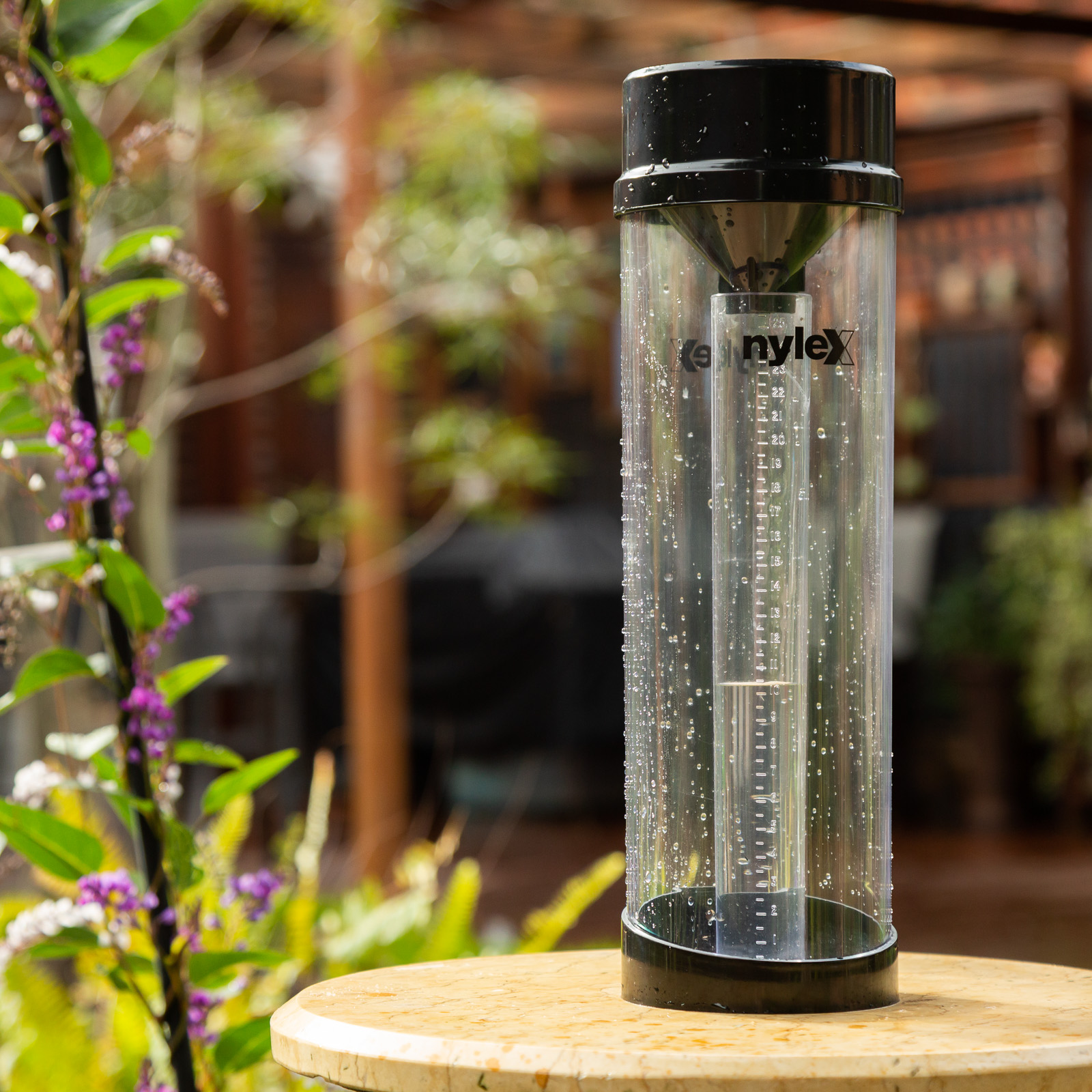Unveiling the Scientific Research Behind Rain Gauges: How These Devices Play a Critical Role in Environment Research Study and Ecological Monitoring
Rainfall evaluates, relatively easy devices, hold an extensive relevance in the realm of environment research study and environmental surveillance. These unassuming tools quietly collect among nature's most crucial aspects-- rains. Behind their plain exterior exists a complex scientific research that is indispensable for understanding the characteristics of our atmosphere. As we peel off back the layers of this clinical shroud surrounding rain evaluates, we discover a world where precision, information accuracy, and careful monitoring assemble to reveal a deeper understanding of our changing climate and its influence on the planet.
Relevance of Rain Gauges
Rainfall evaluates play an important duty in surveillance and determining rainfall degrees, providing essential data for climate study and analysis. These tools are fundamental in measuring the amount of rains that takes place in a particular area over a certain duration. By accumulating and determining rain, rain determines offer useful insights into the distribution and intensity of precipitation, assisting meteorologists, hydrologists, and climatologists in understanding weather condition patterns and patterns.
Among the key reasons that rainfall determines are essential is their ability to give precise and local data. Unlike satellite or radar-based dimensions, which offer more comprehensive observations, rain assesses deal specific details specific to the area where they are put. This localized information is essential for different applications, including flood forecasting, drought monitoring, and water source administration. Additionally, lasting data gathered from rainfall gauges assists in examining climate adjustment effects and patterns, adding substantially to clinical research study and decision-making procedures. In essence, rainfall determines function as essential devices in the field of weather forecasting and environmental science, playing a crucial role beforehand our understanding of weather condition and climate dynamics.
Kinds of Rainfall Gauges

Functionality and Procedure
In the realm of environment research and meteorological researches, the performance of click rain evaluates depend on their detailed performance and specific operational mechanisms. Rain gauges are created to properly measure the amount of rainfall that drops over a details area throughout a collection duration. These gadgets typically include a funnel that accumulates rainwater and networks it right into a determining tube. The determining tube is marked with calibrated dimensions that permit the specific quantification of rains.
The capability of rain determines is based upon the principle of gathering and determining rain in a standard fashion. This accumulated data is crucial for recognizing neighborhood weather patterns, tracking lasting climate fads, and assessing environmental impacts. To guarantee exact measurements, rainfall evaluates need to be purposefully put in open areas away from obstructions such as buildings or trees that could interfere with the collection procedure.
The functional element of rain determines involves routine maintenance to avoid debris build-up, calibration checks to maintain measurement precision, and information taping for analysis (rain gauge). On the whole, the performance and procedure of rain determines are important for gathering reputable precipitation information essential to environment research and ecological monitoring
Role in Climate Study
Given the crucial significance of precise precipitation dimensions in comprehending climate patterns and ecological impacts, the function of rain assesses in climate study is crucial. Rain determines supply necessary information for environment research study by evaluating the quantity of rainfall that tips over a specific location throughout a provided period. This information is crucial for checking lasting trends in precipitation patterns, evaluating the influence of climate modification on rainfall circulation, and improving environment designs.

Climate scientists use data collected from rainfall gauges to analyze variations in rainfall degrees, identify regional environment patterns, and assess the effectiveness of water source monitoring strategies. By comparing historical precipitation data with present measurements, researchers can find changes in rainfall patterns, such as changes in the regularity or strength of rainfall events. This info is vital for comprehending exactly how environment adjustment is influencing precipitation dynamics and can assist policymakers make educated decisions regarding adjustment and reduction approaches.
Applications in Environmental Monitoring

In flooding projecting, rainfall scale data helps to track rains strength and distribution, permitting authorities to issue prompt cautions and take required actions to reduce flood risks (rain gauge). Drought tracking counts on rainfall scale information to evaluate wetness degrees in the dirt and track rainfall shortages, assisting in the recognition of drought-prone locations and the execution of dry spell feedback approaches
Moreover, rain gauge information plays an essential duty in water resource management by giving info on water availability and usage fads. Furthermore, in agriculture, rain scale data aids farmers in maximizing irrigation routines, crop choice, and general farm monitoring techniques based on neighborhood precipitation patterns.
Verdict
Finally, rainfall assesses are essential devices for measuring precipitation, giving important information for environment research and ecological tracking. With various kinds and performances, rain determines play an important duty in recognizing precipitation patterns and their impact on the setting. By precisely determining rains, these tools contribute to the development of clinical knowledge and help in making informed choices pertaining to water source administration and calamity preparedness.
Rain gauges play an essential function in tracking and determining precipitation levels, offering essential data for environment research study and evaluation. The basic rain scale, known as the "tipping pail" gauge, is one of the most commonly utilized devices. Ultrasonic rainfall determines use sound waves to spot the presence of rainfall, supplying real-time information on rainfall levels.Environment researchers make use of information collected from rainfall evaluates to examine variants find here in precipitation levels, official site identify regional climate fads, and evaluate the efficiency of water resource management methods.In verdict, rain evaluates are important tools for measuring precipitation, supplying valuable data for climate research and ecological surveillance.